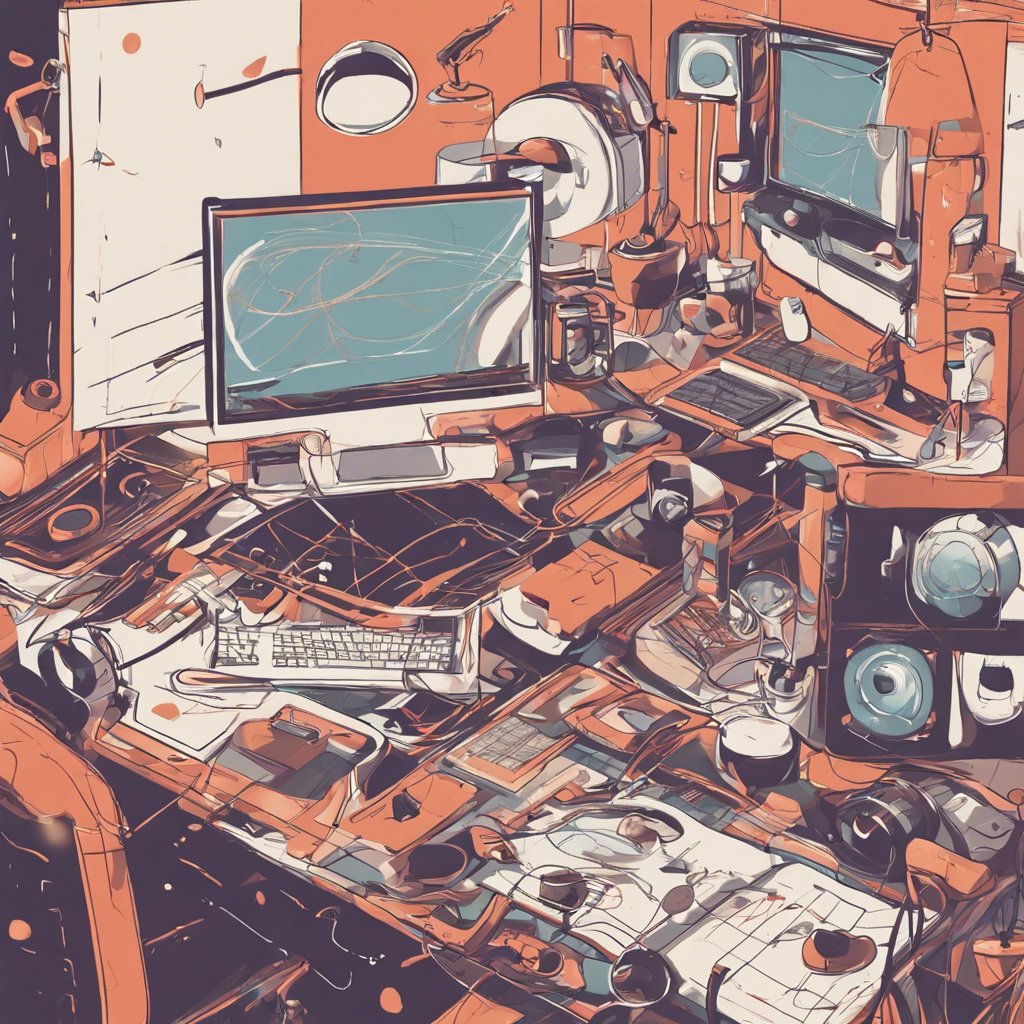What is the life of a motion designer?
The Life of a Motion Designer: An In-Depth Look
Motion design, a dynamic and ever-evolving field within digital media arts, has gained significant popularity in recent years. But what does it truly mean to embrace this creative lifestyle? In this comprehensive guide, we’ll delve into the daily workflow, challenges, rewards, and overall experience of being a motion designer.
Defining Roles and Tasks
As a motion designer, your typical day involves a blend of creativity, technical skills, and collaboration. Here’s a breakdown of key responsibilities:
- Conceptualization: Motion designers start by brainstorming ideas, often through storyboarding or animatics. This initial phase sets the foundation for the entire project.
- Visual Asset Creation: Armed with software tools like Adobe After Effects, Cinema 4D, and Illustrator, motion designers craft visual elements. Keyframes play a crucial role in bringing these assets to life.
- Client Collaboration: Working closely with clients and creative directors, motion designers incorporate feedback and iterate on their designs. Timelines are non-negotiable, so efficiency is paramount.
- Captivating Videos: The ultimate goal is to produce videos that captivate audiences. Whether it’s an explainer video, a promotional animation, or a title sequence, motion designers infuse movement and style into their work.
Tools of the Trade
- Keyframes: These are the building blocks of motion design. By manipulating keyframes, designers create smooth animations and transitions.
- Plugins: Motion designers rely on plugins to enhance their workflow. Notable ones include:
- Element 3D (Video Copilot): A powerful 3D plugin for After Effects.
- Trapcode Suite (Red Giant): Offers a range of effects and tools for creating stunning visual elements.
- Versatility: Motion designers often wear multiple hats. Their illustration skills come into play when designing characters, logos, or brand identities digitally.
Challenges Encountered (and Overcome)
While motion design is rewarding, it comes with its share of challenges:
- Tight Deadlines: Meeting project timelines can be stressful. Effective time management and prioritization are essential.
- Client Expectations: Balancing creative vision with client requirements can be tricky. Clear communication and adaptability are key.
- Technical Complexity: Mastering software tools and staying updated with industry trends is an ongoing process.
- Creative Blocks: Like any artist, motion designers face creative blocks. Overcoming them requires patience and experimentation.
Conclusion
Being a motion designer means embracing both the artistry and technical precision required to breathe life into visuals. It’s a journey filled with creativity, challenges, and the satisfaction of seeing your work in motion. So, whether you’re animating a logo, designing a title sequence, or crafting an entire video, enjoy the ride!
Discover more from EMD
Subscribe to get the latest posts to your email.
